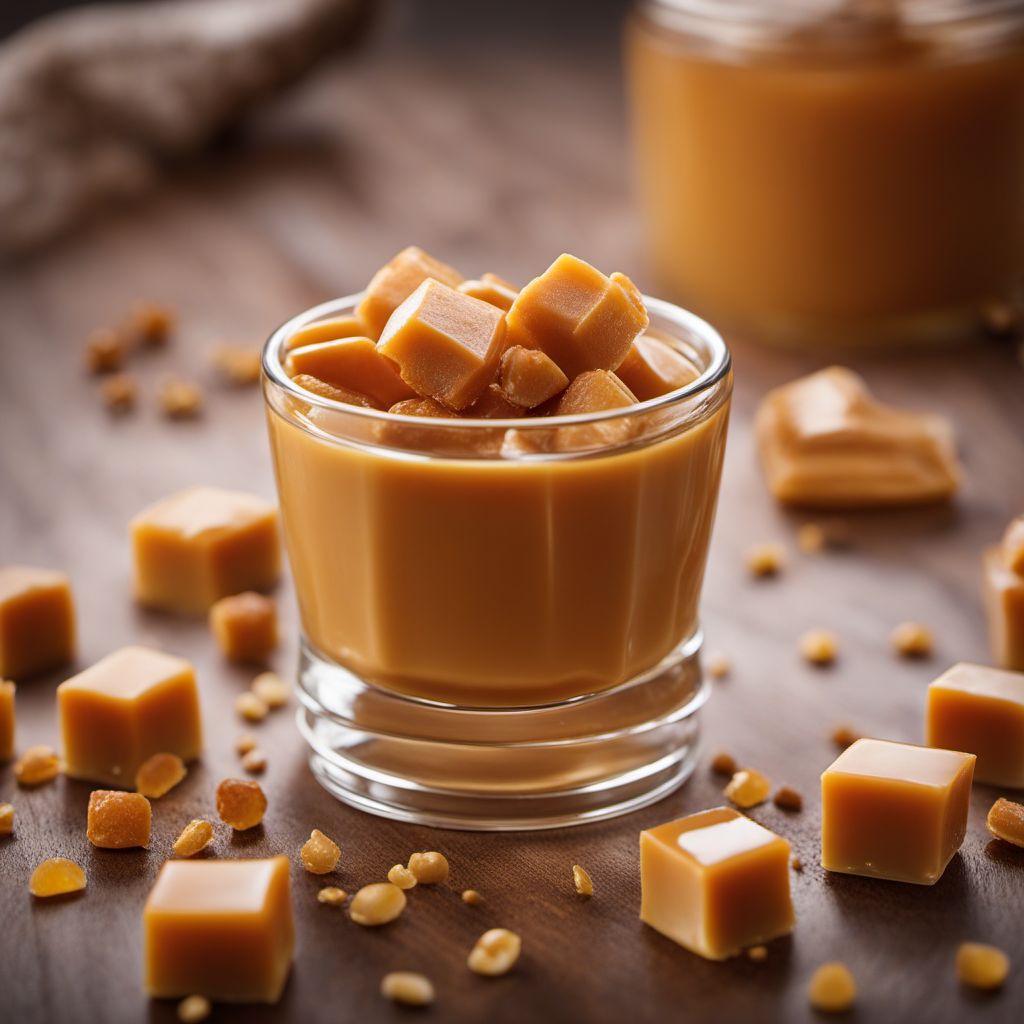
Ingredient
Butterscotch flavour
"The Sweet Symphony of Butterscotch: Unveiling the Irresistible Flavour"
Butterscotch flavour is characterized by its smooth, creamy, and indulgent taste, reminiscent of caramelized sugar and butter. It has a distinct sweetness with subtle hints of vanilla and a warm, toasty aroma. The flavour is often described as comforting and nostalgic, evoking memories of homemade treats and cozy gatherings. Its velvety texture adds depth and complexity to dishes, making it a popular choice for enhancing the overall taste experience.
Origins and history
The origins of butterscotch flavour can be traced back to Scotland in the early 19th century. The name "butterscotch" is believed to have originated from the process of "scotching," which involved cutting or scoring the candy mixture to create a distinct texture. Initially, butterscotch was made by boiling butter and brown sugar together until it reached a hard, brittle consistency. Over time, the technique evolved, and butterscotch flavour became more widely available in liquid or powdered form, making it easier to incorporate into various recipes.
Nutritional information
Butterscotch flavour is primarily used in small quantities, so its nutritional impact is minimal. It is low in calories and does not contribute significant amounts of nutrients.
Allergens
Butterscotch flavour may contain allergens such as dairy or gluten, depending on the specific brand or formulation. It is important to check the label for any potential allergens before use.
How to select
When selecting butterscotch flavour, opt for reputable brands known for their quality and natural ingredients. Look for products that are free from artificial additives or preservatives. Additionally, consider the intended use and choose a format that suits your needs, whether it's liquid, powdered, or extract.
Storage recommendations
To maintain the freshness and quality of butterscotch flavour, store it in a cool, dry place away from direct sunlight. Seal the container tightly after each use to prevent moisture or air from affecting the flavor. Proper storage can help extend its shelf life.
How to produce
Butterscotch flavour is typically produced through a complex manufacturing process that involves combining natural or artificial flavoring compounds to recreate the distinct taste of butterscotch. It is not commonly produced at home due to the specialized equipment and ingredients required.
Preparation tips
Butterscotch flavour can be used in a variety of ways. It is commonly added to baked goods such as cookies, cakes, and muffins to infuse them with a delightful sweetness. It can also be incorporated into frostings, sauces, ice creams, and beverages like milkshakes or hot chocolate. When using butterscotch flavour, start with a small amount and adjust according to taste preferences. Remember that a little goes a long way, as the flavor can be quite potent.
Culinary uses
Butterscotch flavour is widely used in desserts, confections, and beverages. It is commonly found in butterscotch cookies, cakes, puddings, fudges, and candies. It can also be added to coffee, cocktails, and milk-based drinks for a delightful twist.
Availability
Butterscotch flavour is readily available in most grocery stores, supermarkets, and online retailers, making it easily accessible to home cooks and professional chefs alike.
More ingredients from this category » Browse all
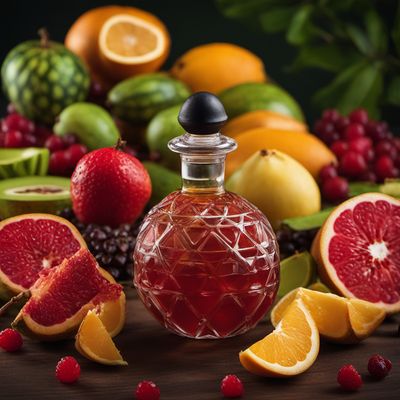
Exotic fruit flavour
The Enigmatic Essence of Exotic Fruits

Medium hot flavour
The Fiery Essence of Medium Heat

Rhubarb flavour
The Tangy Delight: Rhubarb Flavour

Lemon flavour
The Zesty Essence

Sultanas flavour
The Sweet Essence: Sultanas Flavour
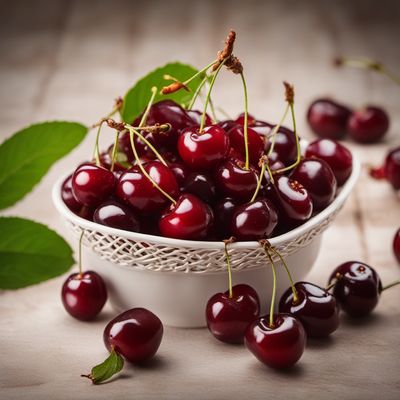
Amarena cherry flavour
The Sweet and Tangy Essence of Amarena Cherries

Citron flavour
Zesty Essence: Citron Flavour

Raisins flavour
The Sweet Essence of Sun-Dried Grapes
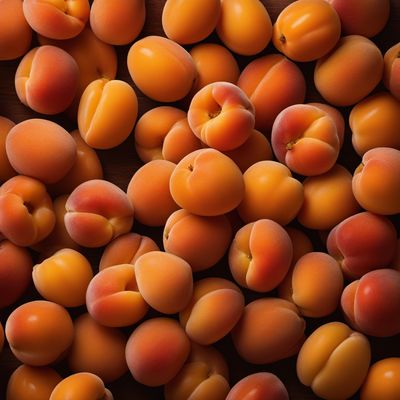
Apricot flavour
"The Essence of Sun-Ripened Apricots: Exploring the Delightful Apricot Flavour"

Mandarin flavour
The Zesty Essence of Citrus Delight
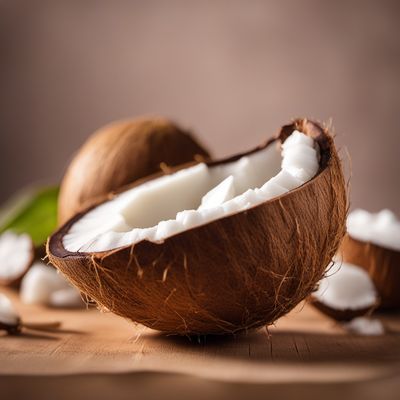
Coconut flavour
The Tropical Essence: Exploring Coconut Flavour

Banana flavour
"The Sweet Symphony of Banana Essence"